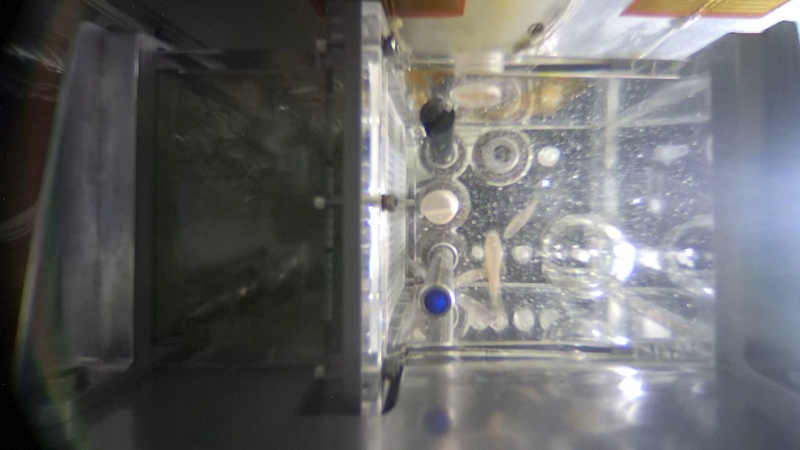The Shenzhou-20 crew has kicked off three pioneering life science experiments aboard China's space station, the China Manned Space Agency announced on Wednesday. These studies will explore how microgravity shapes biological processes using zebrafish, planarians and streptomyces.
Zebrafish offer a transparent window into vertebrate development. By observing these small fish in orbit, researchers aim to track changes in bone formation and organ growth, shedding light on how to counteract bone density loss during long-duration spaceflight, and perhaps even on Earth.
Planarians, famous for their ability to regrow lost tissues, will test how microgravity affects regenerative biology. Insights from these flatworms could pave the way for breakthroughs in wound healing and stem cell research that benefit both astronauts and patients back home.
Streptomyces, a soil bacterium known for producing antibiotics, will probe microbial behavior in orbit. Scientists hope to understand how space conditions influence the synthesis of antimicrobial compounds, a step toward novel drug discovery and ensuring crew health on deep-space missions.
By uniting cutting-edge research with practical goals, the Shenzhou-20 mission underscores the global importance of space biology. As the crew sends back fresh data, universities, startups and innovators worldwide will be watching, eager to turn these cosmic insights into real-world solutions.
Reference(s):
China's Shenzhou-20 crew to conduct three new life science experiments
cgtn.com




